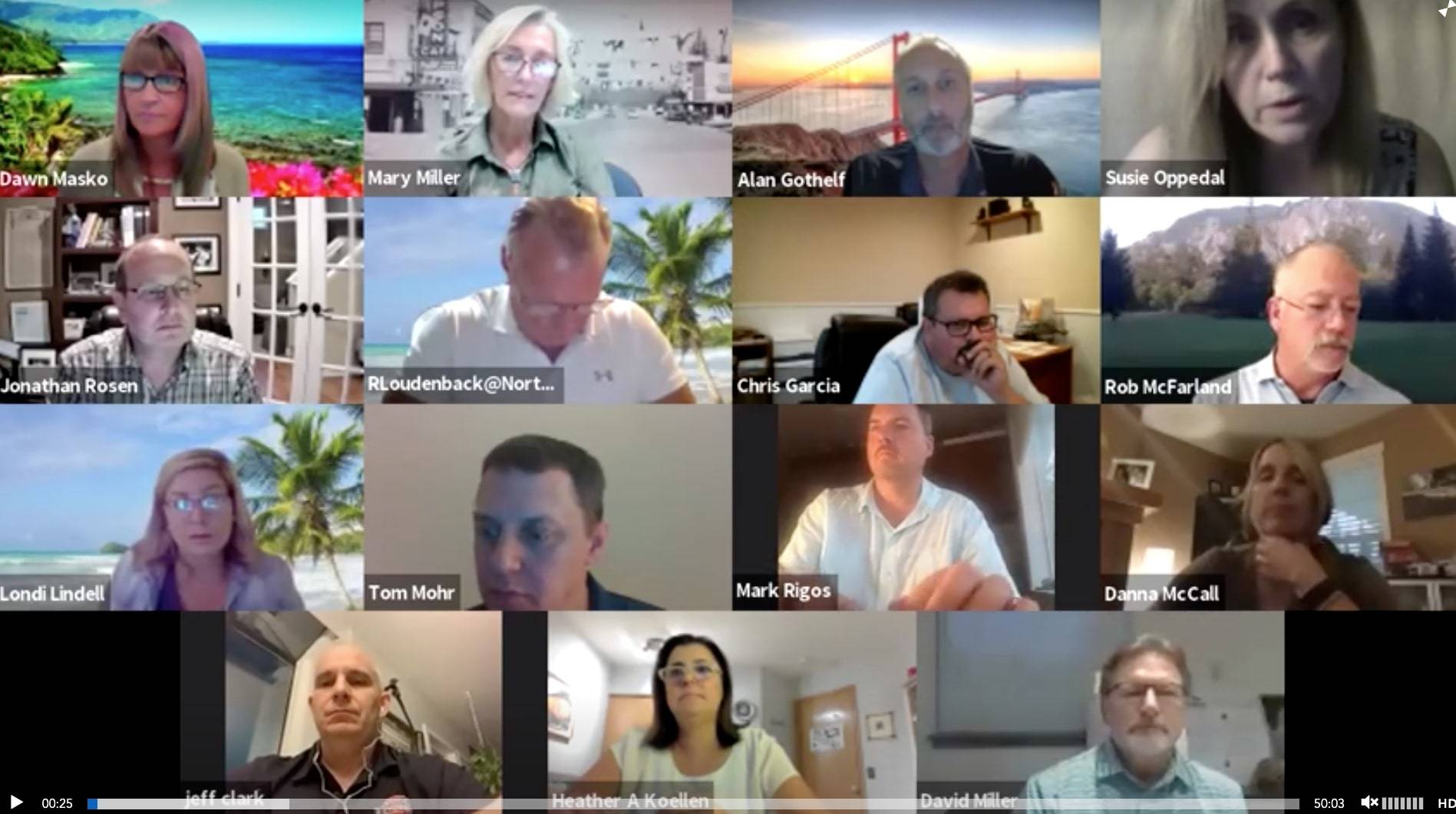Increasing mid-priced housing is on the table for the North Bend City Council as they begin discussions about upzoning portions of the city to increase stock of the elusive in-between options for homebuyers.
City staff presented options to allow middle housing zoning in areas of the city that currently allow cottage housing. The goal is to foster the development of more medium density housing. This zoning acts as a bridge between single-family housing, where only four housing units are allowed per acre, and multifamily apartment zoning, which can house up to 21 units per acre.
This type of housing — usually duplexes, triplexes or quadplexes — could provide more affordable ways for families to buy their own houses if they can’t afford to purchase a single family house in North Bend. According to the city, most houses built in North Bend’s low density residential zone are between 2,500 to 3,500 square feet and cost between $750,000 to $1 million.
At the other end of the spectrum are apartments and condos. The typical rent for a two bedroom condo in the city is between $900 and $1,800 per month.
“We’ve got a major affordability problem in the valley, where a lot of people that work here can’t afford to live here,” said Mike McCarty, North Bend city planner.
An economic profile from 2018 shows that only one quarter of North Bend workers live in the city or surrounding areas. The remainder commute from Issaquah, South King County and Eastside cities. This creates congestion and produces less integrated communities where people can’t afford to live where they work.
North Bend’s zoning isn’t unique, McCarty said. In the post-war years, there was a massive flight to the suburbs, and single family home neighborhoods sprouted up across the country. The townhouses, courtyard buildings and fourplexes that were popular before World War II largely vanished.
“Everybody just started focusing on subdivisions,” McCarty said.
Adopting zoning or code that allows more of this housing will be developed and discussed by city staff and the council, likely appearing for a vote sometime next spring.
There are two ways the city could create zones where this housing could develop. The first is by creating new density zones, or by increasing the number of units per acre that can be built, and what kind. A suggested density limit for the new zone would be between eight to 15 units per acre.
The other way is called form-based code. The philosophy states that buildings should look similar to those that surround them. For example, in North Bend, new triplexes would have to look similar to the single family homes that surround them and their relationship to the surrounding areas. Ideally, this lets them blend seamlessly into the neighborhood.
The current cottage zones, where a middle housing zone could be created, already allow up to 10 units per acre.
Countywide, governments are looking for ways to increase housing stock. The King County Council has a goal of building or preserving 44,000 affordable housing units within the next four years. And while the mid-price housing in the North Bend proposal wouldn’t be affordable units, more stock is needed to address issues around housing affordability and homelessness.
Villette Nolan, CEO of Imagine Housing, said creating additional housing would relieve pressure for low-income families.
“Anything that is going to generate housing that is actually priced lower than a million dollars is going to increase the ability for middle income families or individuals to save up enough for a down payment,” Nolan said.
Cities across the Eastside are considering upzoning strategies to yield more housing. The availability and price of land is often an issue, but Nolan said there’s already enough land in Eastside cities to create more housing if the political will is there to allow upzoning.
McCarty said more middle income housing could allow more families to stay in the valley, instead of looking for housing elsewhere.
“We need those alternatives if our kids are going to be able to live in the valley,” he said.



